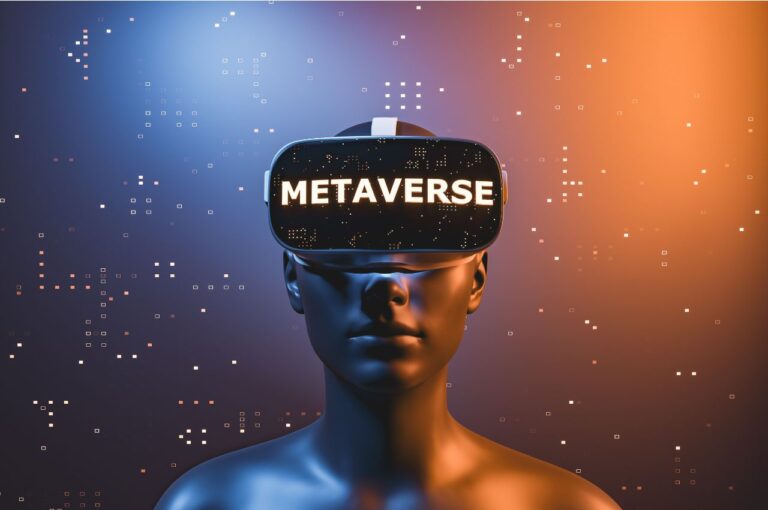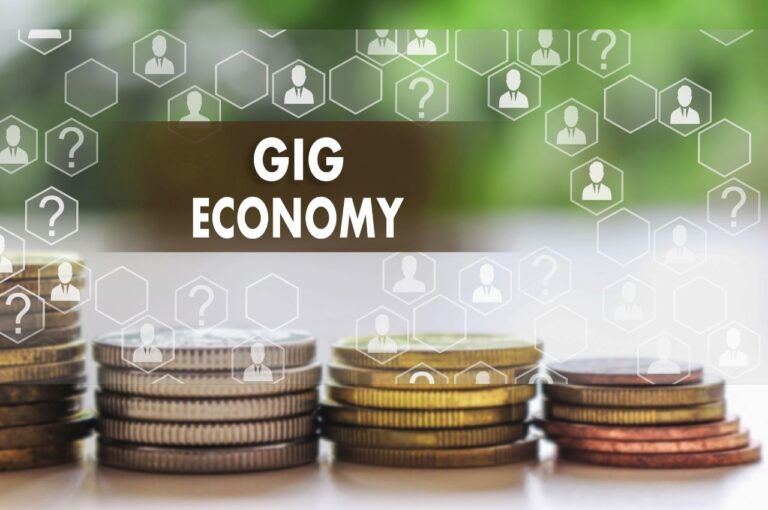Listen to the article
We cannot underestimate the importance of SDG 3 – good health and well-being in creating prosperous societies. When a population is in good health, it can contribute to the building the economy of its country. SDG 3 will become a reality by 2030 with a boost from emerging technologies.
The UN came up with Sustainable Development Goal 3 to guide the efforts of governments and the healthcare industry in developing sustainable solutions for the good health and well-being of their nations. SDG 3 has 13 targets and each has its indicators.
According to the UN, major strides were made in improving the health of millions of people before the COVID-19 pandemic. Because of the pandemic, the world has fallen behind in achieving SDG 3 by 2030. Emerging technologies will speed up the process of achieving the goal.
The targets of SDG 3 have guided the selection of the emerging technologies below.
1. Cloud Computing to Provide Health and Well-being Content and Analyze Feedback
Microsoft says that cloud computing is the delivery of computing services – servers, storage, databases, networking, software, analytics, and intelligence – over the internet (“the cloud”). Cloud computing can provide good health and well-being solutions to those unreachable by other technologies.
Example:
Amplio is an organization that has developed the Talking Book, which is an audio device designed for people with zero or low literacy skills. The device provides hours of on-demand content in local languages. You can watch the demo here.
One uses an app to load content into the Talking Book on various subjects. Feedback is collected from the same device and analyzed through the cloud. This is possible by connecting a smartphone to the device using a USB cable.
In Kenya, the use of the Talking Book has led to an increase in the number of pregnant women attending ante-natal care visits by 110%. VSO Zambia is using the Talking Book to raise awareness on adolescent sexual and reproductive health and rights.
2. Using Artificial Intelligence (AI) to Accelerate Drug Design and Discovery
Darcy Jimenez notes that AI is set to transform the pharmaceutical industry more than any other emerging technology. More pharma and biotech groups are harnessing the cutting-edge technology. This is to reduce the hit-and-miss nature of research and development. In addition to this, AI will also help in the discovery of new therapies with previously impossible speed and accuracy. This ensures that the correct medicines and vaccines get to the market faster to cure or contain life threatening illnesses.
Example:
According to Atomwise, urgent global health challenges such as increasing antibiotic resistance and emerging pandemic viruses puts emphasis on researchers’ need to shorten the time-to-discovery and find new treatments. The company developed the AtomNet Technology which is a drug discovery algorithm. It uses artificial intelligence (particularly machine learning) to design and discover new medicines. This shortens the time and reduces the cost of having medicines in your cabinet.
3. Genome Sequencing to Reveal Genetic Make-up and Predisposition to Diseases
Genome sequencing determines the precise order of the four nucleotide bases that make up a strand of DNA. It will inform you of your genetic makeup and likelihood to get certain diseases. As a result, you can make informed decisions that will improve the quality of your life.
Example:
Dante Labs carries out a Whole Genome Sequencing (WGS) test to analyze your DNA. They provide a comprehensive report that is actionable and will help you take charge of your health. This test is a good investment for your health and well-being. Genome sequencing tests are becoming affordable to more people.
After gene sequencing, a person can decide to edit the genes that are problematic. Gene editing technologies allow genetic material to be added, removed, or altered, at particular locations in the genome. One gene editing technology in the market is CRISPR. It is accurate, cheaper and faster than other gene editing methods.
4. Using Telemedicine to Provide Universal Health Coverage (UHC) for the Health and Well-being of All
One of the targets of SDG 3 is to achieve universal health coverage (UHC). Everyone is to have access to essential health-care services, as well as medicines and vaccines. The goal is for people to access healthcare without suffering financial hardship. Many people have fallen into financial difficulties as they get treatment for their loved ones.
Emerging technologies can speed up the reality of UHC in the world. An example is Telemedicine which is a technology that is transforming the healthcare sector. It is the diagnosis and treatment of patients remotely using telecommunications technology. The mobile phone is a key device in the provision of telemedicine.
Example:
Huawei has initiated a telemedicine project in partnership with Safaricom and local partners in Kenya. The aim of the project is to provide healthcare to residents of Lamu Island. Residents used to travel far to access medical facilities. They spent more in travel than the care they went to get. Now they have access to care-at-a-distance and can consult specialists in towns and cities remotely. The collaboration has benefited over 200,000 residents in remote areas. Huawei’s initiative is to promote SDG 3 – Good Health and Well-being and SDG 10 – Reduced Inequalities.
Conclusion
Emerging technologies used in the healthcare industry will cut waiting times and reduce transport costs. They will improve access to care for patients in developing countries. More people will have access to information, training and services to ensure they have good health and well-being at all times. This will bring the world closer to achieving SDG 3 – good health and well-being.
We can help you overcome your technological challenges and gain a competitive advantage in your industry. Contact us today to learn more.



